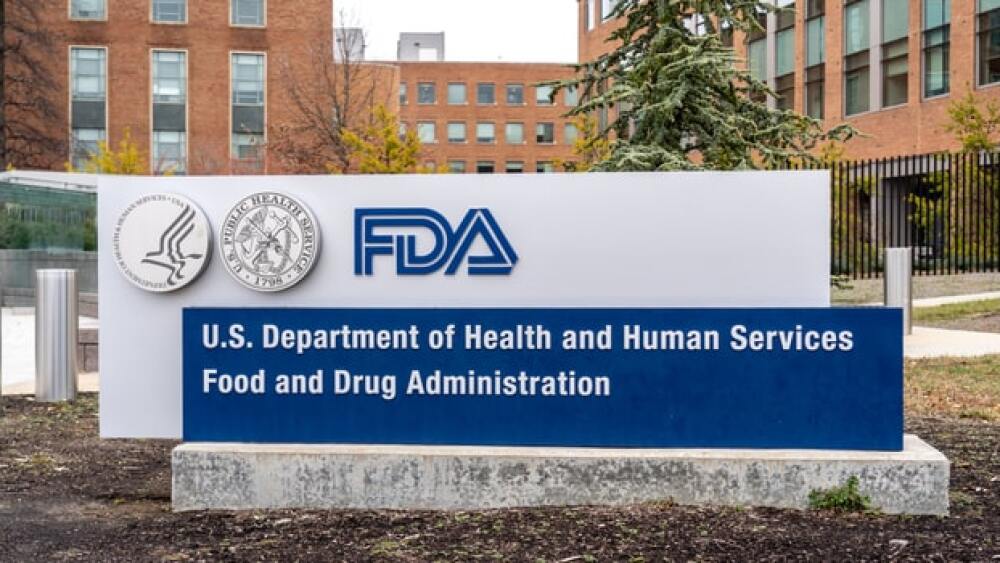U.K. researchers found that the first dose of any vaccine was linked with an initial 12.8% decrease in the odds of Long COVID.
A few weeks ago, Dr. Anthony Fauci, M.D., director of the National Institute of Allergy & Infectious Diseases and the White House chief medical advisor, said that “we are certainly, right now, in this country, out of the pandemic phase.” Then, a week later, he clarified his statement, saying, “I probably should have said the acute component of the pandemic phase, and I understand how that can lead to some misinterpretation.”
Some physician and public health experts argue that his first statement was probably correct, that with widely available, safe and effective vaccines and effective antibody treatments and antiviral therapies, such as Pfizer’s Paxlovid and Merck and Ridgeback’s molnupiravir, COVID-19 has gone from an acute and very deadly disease to a largely preventable or treatable illness.
That said, there appears to be a rise in COVID-19 illnesses, driven by Omicron subvariants, which may be better able to evade immunity from vaccines and previous infections and lower public health measures by the public such as masking and social distancing. In addition, although more than two-thirds of Americans have been vaccinated, vaccine immunity does wane over time, particularly in preventing any infection, although they appear to be highly effective at preventing severe disease and death.
Approximately 3,000 people are hospitalized each day, and 275 are dying from COVID-19. That’s remarkably low compared to 1,318,822 new infections reported in the U.S. on January 18, 2022, and 26,720 new infections reported on May 14, 2022.
What is not clear is if the people are being hospitalized for COVID-19 or with COVID-19. About four Omicron subvariants are circulating in the U.S., with newer strains more infectious than earlier ones. A recently published paper suggested that unvaccinated people infected with the original Omicron strain have very little immunity against other variants. However, the vaccinated appear to have a chance at “super immunity,” which protects against all tested variants, not just Omicron subvariants.
Therapies and Vaccines Still Appear Effective Against Subvariant Severe Disease
The U.S. Centers for Disease Control and Prevention indicated that as of May 14, the dominant strain of SARS-CoV-2 in the U.S. is Omicron BA.2, making up 51.9% of infections, with BA2.12.1, also a subvariant of Omicron, making up 47.5%. Eli Lilly noted that its monoclonal antibody bebtelovimab works against BA.2 and all other COVID-19 variants of concern. The company also has a deal with the U.S. government to supply 600 million treatment doses.
A March study found that the mRNA vaccines, such as the Pfizer-BioNTech and Moderna shots, offer a similar degree of protection against BA.2 as well as the original Omicron variant, BA.1, although the protection does wane after a few months of receiving the third dose. However, although protection against infection seemed to drop to about 10% after four to six months, the booster brought it back up to 30-60%. More importantly, protection against severe disease remained at 68% or higher for at least seven months, even in people who had received only two shots, and was well over 80% for people who received the third dose.
CDC Adcomm Meeting Today to Discuss Pfizer-BioNTech Boosters in Kids 5-11 Years of Age
Earlier this week, the U.S. Food and Drug Administration amended the emergency use authorization (EUA) for the Pfizer-BioNTech vaccine as a booster shot in children ages 5 to 11. It can be given five months after the primary two-shot regimen. Now it’s the CDC’s turn to weigh in with their Advisory Committee on Immunization Practices (ACIP) meeting today to discuss their recommendations. Some experts think the CDC panel won’t recommend the booster for all children in the age group, noting that the Omicron variant has had a limited impact on children in this age group.
“Omicron and other Omicron-like variants have caused some degree of illness in children, but it has been less than Delta, so is there sufficient benefit (from a booster)?” Dr. William Schaffner, M.D., the National Foundation for Infectious Diseases’ liaison to ACIP, asked.
COVID-19 Vaccinations Decrease Long Covid Symptoms
A U.K. study of 28,356 people ages 18 to 69 who received at least one dose of a COVID-19 vaccine after testing positive for COVID-19 was evaluated in the U.K. The mean age of the participants was 46 years, 55.6% were women, and 88.7% were of white ethnicity. Of them, 6,729 reported Long COVID symptoms of any severity at least once during the follow-up period. The researchers found the first dose of any vaccine was linked with an initial 12.8% decrease in the odds of Long COVID. A second dose was connected with an initial 8.8% decrease in the odds of Long COVID, with another decrease of 0.8% per week. They concluded that “the likelihood of Long COVID symptoms was observed to decrease after COVID-19 vaccination and evidence suggested sustained improvement after a second dose, at least over the median follow-up of 67 days.”





